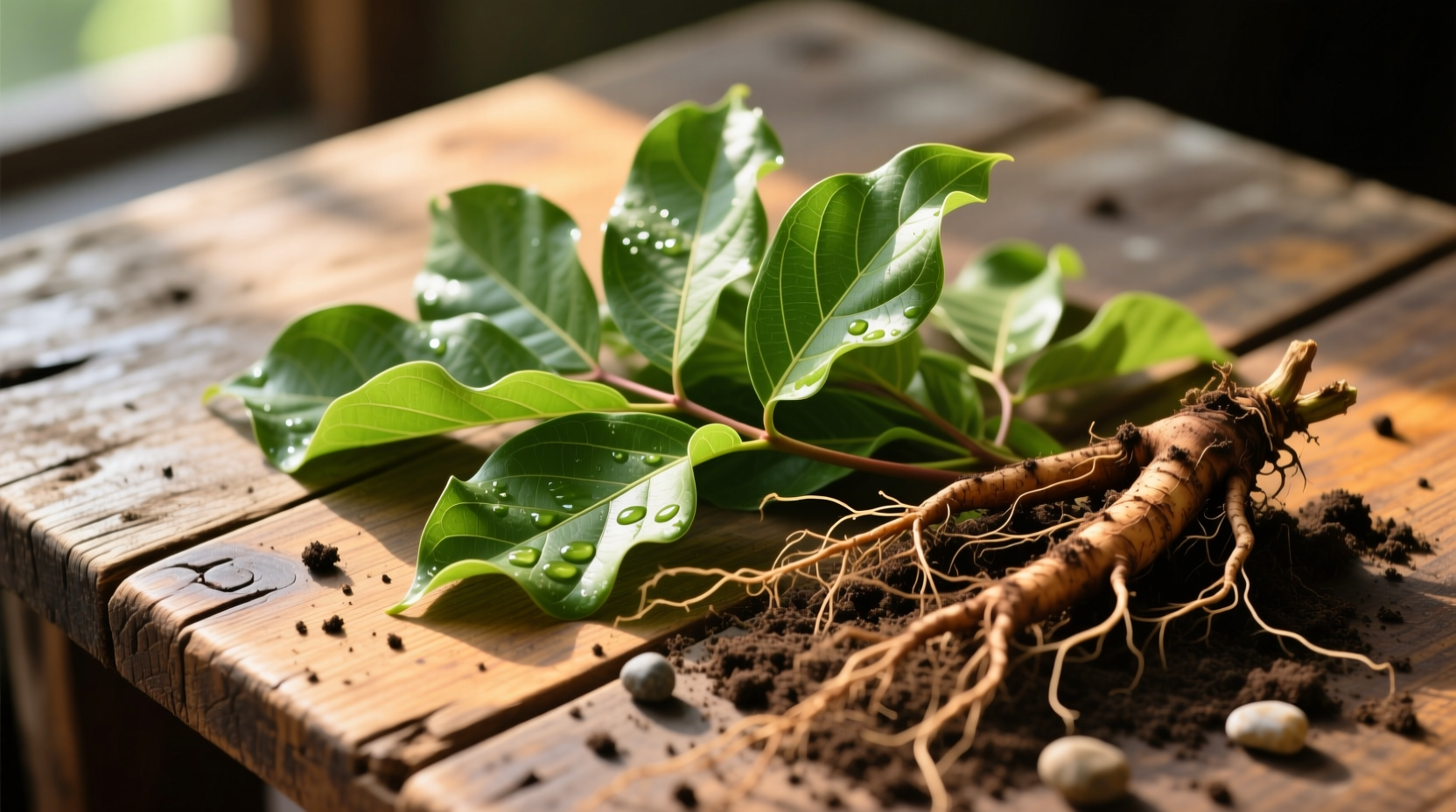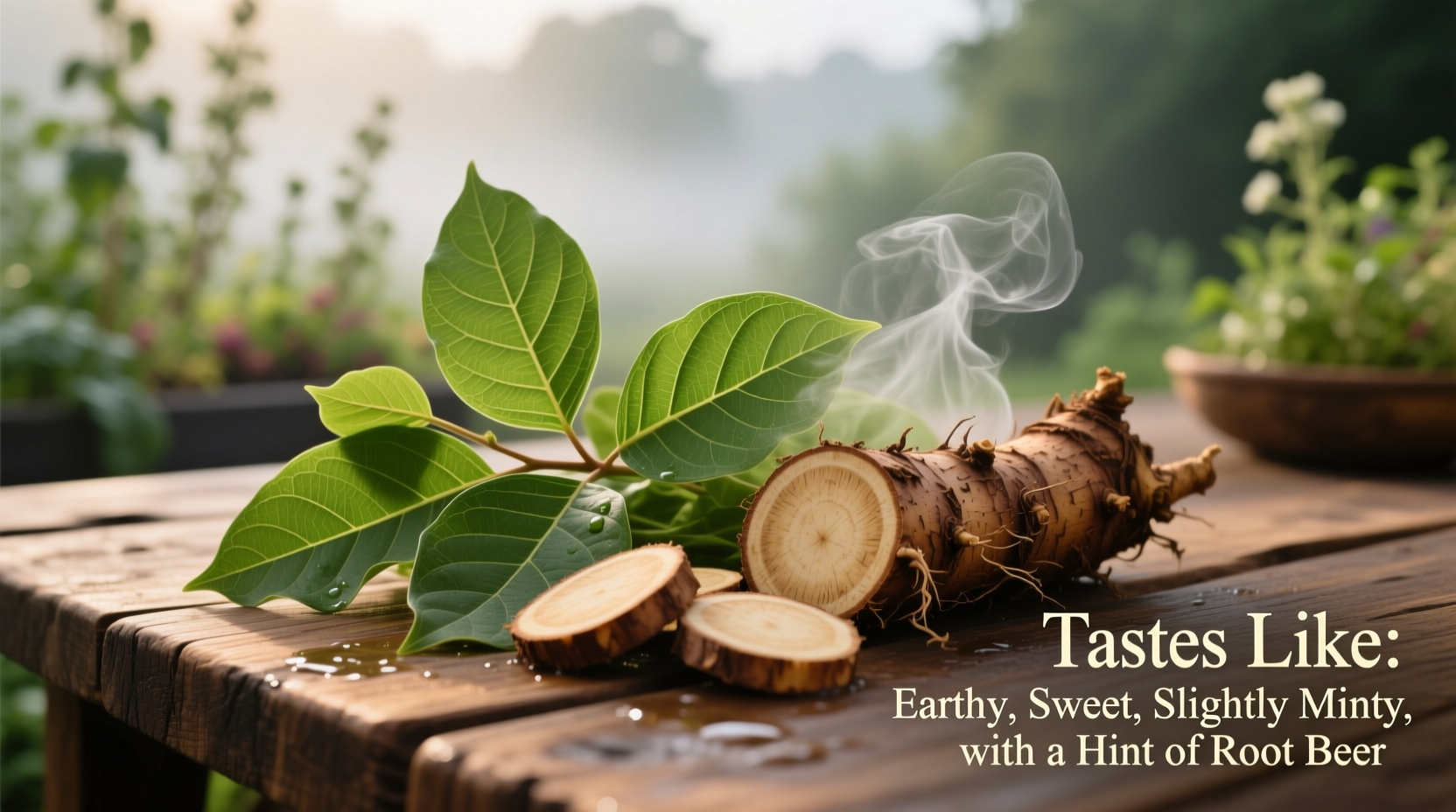Unlocking Sassafras Flavor: What You’ll Experience
When you taste sassafras, expect an immediate burst of bright citrus reminiscent of lemon zest, followed by warm baking spices like cinnamon and clove. This unique profile creates that unmistakable root beer essence that defined early American sodas. The aftertaste reveals earthy, woodsy notes with a hint of licorice—never overpowering, but deeply complex. Unlike artificial root beer flavors, authentic sassafras has a clean, refreshing quality that lingers pleasantly on the palate.

How Sassafras Became Root Beer's Secret Ingredient
Native American tribes first used sassafras root bark for medicinal teas, recognizing its distinctive flavor profile. European settlers adopted it in the 1800s to create homemade root beer tonics, where its natural sweetness and complex notes shone. By the early 1900s, commercial soda manufacturers standardized sassafras as the primary flavoring. However, scientific research in the 1960s revealed safrole—a compound in sassafras root oil—posed potential health risks. This pivotal discovery triggered regulatory changes that reshaped how we safely enjoy sassafras today.
Sassafras Root vs. Leaf: Critical Safety Differences
Understanding which part of the plant you're using is essential for safe consumption. The root bark contains higher safrole concentrations, while the leaves offer culinary safety with minimal risk. This distinction directly impacts flavor applications:
| Characteristic | Sassafras Root | Sassafras Leaves (Filé) |
|---|---|---|
| Safrole Content | High (regulated) | Negligible (FDA-approved) |
| Primary Flavor Notes | Intense citrus, spicy | Milder earthy, herbal |
| Culinary Use | Safrole-free extracts only | Traditional gumbo thickener |
| Regulatory Status | Banned in commercial root beer (FDA) | Approved for cooking (USDA) |
According to the FDA's GRAS database, safrole-free sassafras extracts are permitted in beverages, while the USDA confirms filé powder's safety as a culinary herb. Always verify products are labeled "safrole-free" for root-based applications.
Practical Ways to Experience Sassafras Safely
Modern cooks can enjoy sassafras through these vetted methods:
- For root beer flavor: Use commercially prepared safrole-free sassafras extract (available from specialty spice retailers). Start with 1/4 teaspoon per gallon of soda—its potency means a little goes far.
- In gumbo: Stir 1-2 teaspoons of filé powder (dried sassafras leaves) into the stew after cooking—never during boiling, as heat destroys its thickening properties. It adds earthy depth without dominating other spices.
- As tea: Steep safrole-free sassafras root chips (sold by herbal suppliers) for 5 minutes. The resulting brew captures that nostalgic root beer essence safely.
When substituting, combine equal parts wintergreen, licorice root, and sarsaparilla for root beer applications. For gumbo, a mix of dried thyme and parsley mimics filé's herbal notes. Always source from reputable culinary suppliers—never harvest wild sassafras without expert identification.
Frequently Asked Questions
Is sassafras safe to consume today?
Yes, when used correctly. Filé powder (dried leaves) is completely safe for cooking. For root-based applications, only use commercially prepared safrole-free extracts approved by the FDA. Avoid homemade sassafras root oils or unregulated extracts due to safrole content.
What does sassafras taste like in gumbo specifically?
In gumbo, filé powder adds subtle earthy notes with hints of citrus and spice, thickening the stew without overpowering other ingredients. It creates a smooth, velvety texture distinct from okra or roux thickeners, with a clean finish that complements seafood or chicken.
Can I still make authentic root beer with sassafras?
Yes, but only with FDA-compliant safrole-free sassafras extract. Traditional recipes using raw root bark are unsafe due to regulated safrole levels. Reputable suppliers like The Spice House offer compliant extracts that capture the classic flavor profile safely.
Why does sassafras taste like root beer if it's not used anymore?
Sassafras defined root beer's original flavor profile before the 1960s. Modern root beers use artificial flavors or safrole-free extracts that mimic this signature taste. The association persists because early commercial sodas standardized sassafras as the primary flavoring agent.











 浙公网安备
33010002000092号
浙公网安备
33010002000092号 浙B2-20120091-4
浙B2-20120091-4